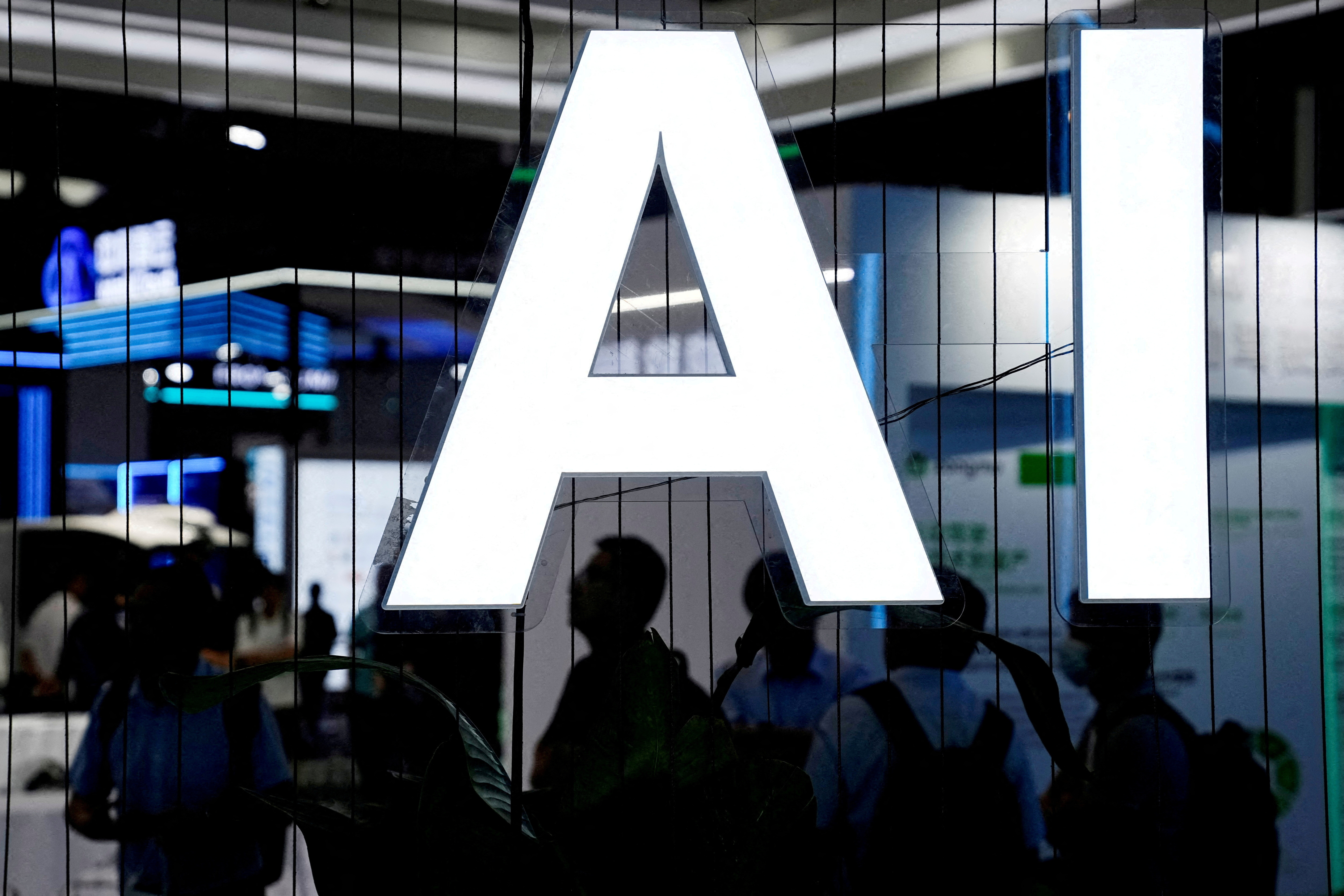As artificial intelligence (AI) continues to disrupt various industries, the use of copyrighted material to fuel its creative capabilities has sparked a contentious debate. On the one hand, creators and rights-holders argue that unauthorized use of their works constitutes a violation of their intellectual property rights. Conversely, AI companies maintain that these creations represent a groundbreaking example of human-machine collaboration and innovative expression. In this article, we’ll explore the complexities of this issue and propose a workable legal framework to reconcile these competing interests.

From the standpoint of creators, the use of their works to train AI models can appear as an unwelcome intrusion into their intellectual property. Although human artists are encouraged to draw inspiration from previous works and build upon existing ideas, they are required to secure necessary permissions and compensate copyright holders for their use. However, AI models operate differently. They rely on vast quantities of data scraped from the web and the public domain to create their novel works.
Moreover, arguing that AI-generated creations are inherently transformative may not always be a compelling argument. While a few AI-generated creations indeed represent a departure from the original works, others may imitate or replicate copyrighted material without providing anything significantly new. Determining transformative use is a complex legal matter that hinges on the context, extent, and nature of the borrowing from the original work.
Given these concerns, it is essential that we establish a legal framework that takes into account the unique challenges presented by AI-generated creations while respecting the rights of creators and fostering innovation. Three potential solutions merit consideration.
First, we could explore a legal mechanism for compensating copyright holders when their works are used to train AI models. This could involve revenue-sharing agreements or licensing fees, ensuring that creators receive a financial stake in the AI-generated creations derived from their work. This arrangement would enable AI companies to access the necessary data for their creations while acknowledging the rights and contributions of creators.
Second, we could consider granting copyright protection to AI-generated creations, recognizing that they represent a new form of human-machine collaboration and intellectual expression. By acknowledging the value of AI-generated creations, we can foster innovation in AI modeling while empowering creators in this evolving landscape.
Lastly, we must make data access more transparent and accountable for AI developers and companies. This could involve implementing a central database or registry of copyrighted works, accessible to AI developers, which would significantly reduce the need for unauthorized scraping and mining. Such a system would benefit creators by limiting the use of their work outside approved channels while improving the overall quality and integrity of AI-generated content.
Tthe complex interplay between copyright and AI has the potential to transform industries and shape our creative landscape alike. By carefully considering the interests of creators, rights-holders, and AI companies, we can forge a legal framework that balances these competing interests and supports the ongoing evolution of AI and creativity. By addressing this challenge head-on, we can secure a future where human-machine collaboration takes center stage and pushes the boundaries of what is possible in art, literature, music, and more.
Related Articles
- New bill would force AI companies to reveal use of copyrighted art - The Guardian
- US lawmaker proposes a public database of all AI training material - Ars Technica
- Billie Eilish, Pearl Jam, 200 artists say AI poses existential threat to their livelihoods - Ars Technica
- This Week in AI: When ‘open source’ isn’t so open - TechCrunch
- Nicki Minaj, Billie Eilish, Katy Perry and other musicians sign letter against irresponsible AI - TechCrunch

